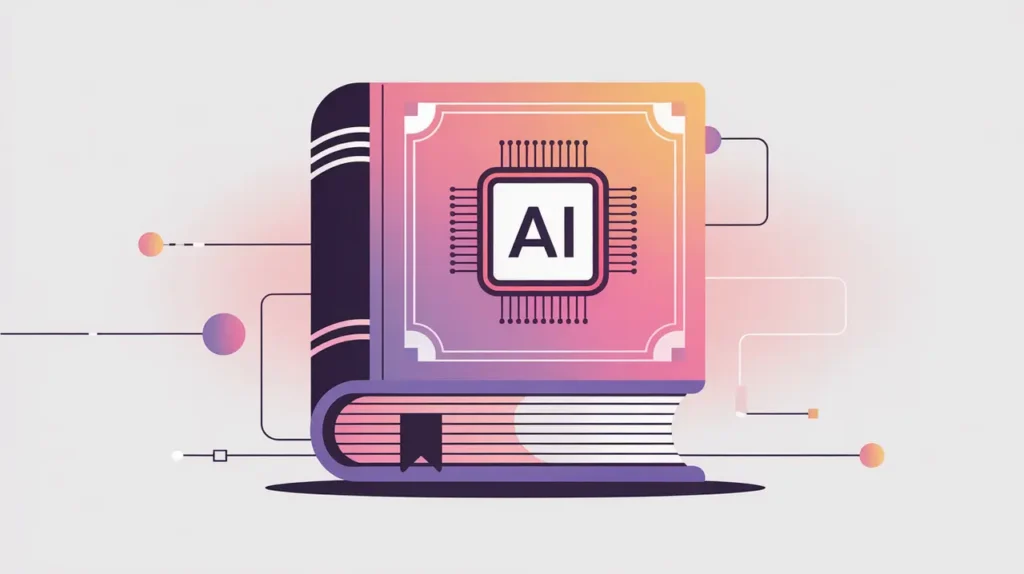Importance of Responsible AI
Responsible AI refers to the development and deployment of artificial intelligence systems in ways that prioritize fairness, transparency, accountability, safety, and respect for human rights. It goes beyond technical performance to ensure that AI is aligned with ethical values and social good. Its importance today lies in the fact that AI is shaping economies, governance, and daily life at unprecedented speed. Without responsibility, AI risks amplifying inequality, bias, and harm.
For social innovation and international development, responsible AI matters because mission-driven organizations work with vulnerable populations and sensitive data. They must ensure that AI enhances trust and opportunity rather than creating new risks or exclusions.
Definition and Key Features
Responsible AI frameworks have been developed by governments, multilateral bodies, and companies. Common principles include fairness, accountability, privacy, safety, and inclusivity. UNESCO’s Recommendation on the Ethics of AI (2021) and the OECD AI Principles (2019) are widely recognized global standards. Technology firms also publish their own responsible AI guidelines, though implementation varies.
It is not the same as general AI ethics, which provides philosophical foundations, nor is it equivalent to compliance with laws, which set minimum standards. Responsible AI emphasizes practical application of ethical principles in everyday design, deployment, and governance.
How this Works in Practice
In practice, responsible AI involves embedding safeguards throughout the AI lifecycle. At the design stage, this may include bias testing and inclusive data practices. During deployment, organizations implement human oversight, explainability mechanisms, and transparency reporting. Post-deployment, they monitor systems for drift, misuse, or unintended impacts.
Challenges include translating broad principles into operational processes, balancing innovation with caution, and addressing power imbalances between global North and South. Accountability is especially difficult in distributed ecosystems where multiple actors share responsibility.
Implications for Social Innovators
Responsible AI has direct implications for mission-driven organizations. Health programs must ensure AI diagnostics are validated for diverse populations. Education initiatives need AI tutors to be accessible and culturally sensitive. Humanitarian agencies must avoid exposing vulnerable groups to surveillance risks when using AI for crisis response. Civil society groups advocate for communities to be included in AI governance.
By centering responsibility in design and deployment, AI becomes a tool for advancing equity, trust, and sustainable development rather than reinforcing harm.







